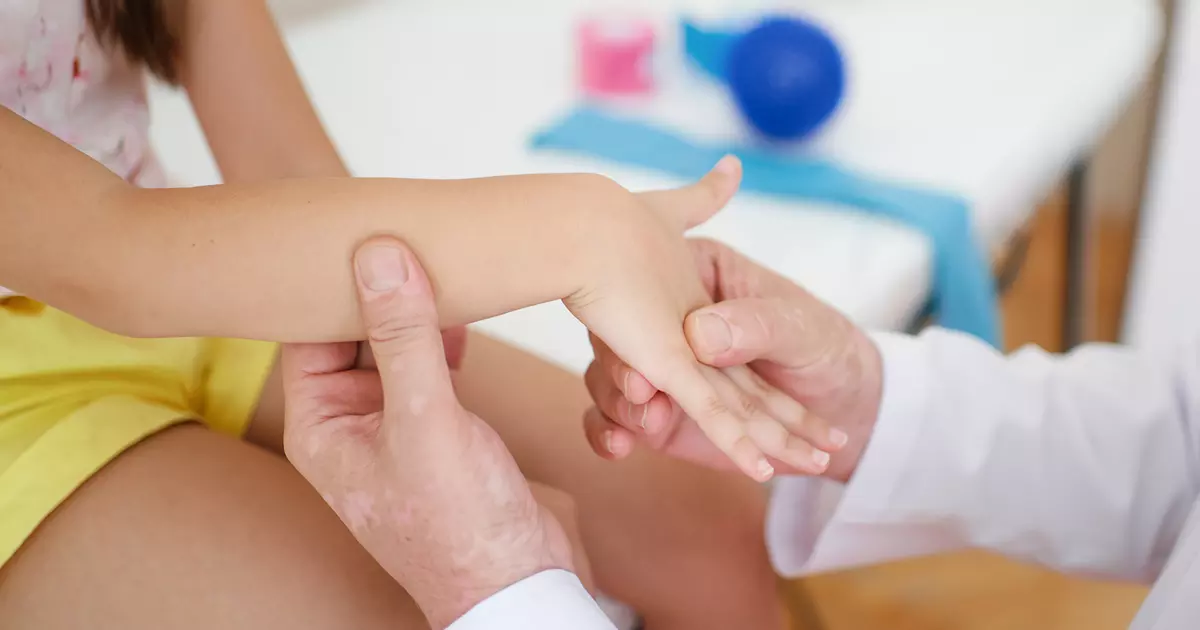Juvenile idiopathic arthritis is a type of arthritis that occurs in children under the age of 16. It is characterized by persistent joint inflammation that can affect one or multiple joints of the body. It is the most prevalent type of arthritis in children.

Dr. Nikunj Agarwal, Principal Consultant - Orthopedics and Joint Replacement, Max Hospital, Vaishali explains that if juvenile idiopathic arthritis is left untreated, it can have a major negative impact on the child's quality of life. This can lead to joint deterioration, stunted growth and reduced physical activity. In such a situation, early diagnosis and adequate treatment are necessary to control the symptoms and avoid long-term problems.
Why does juvenile idiopathic arthritis occur?
The exact cause of JIA is not known, but it is believed to be an autoimmune disorder. This means the immune system mistakenly attacks the body's own tissues. Many factors can contribute to the development of JIA, including genetics, gender - some types of arthritis are more common in girls than boys, age - usually appears between the ages of 1 and 6.
Treating juvenile idiopathic arthritis
Treatment of JIA is multidisciplinary and aims to relieve symptoms, prevent joint damage, and maintain function. It usually involves a combination of medication, therapy, lifestyle habits, and surgery.

Medications to reduce arthritis symptoms in children
Nonsteroidal anti-inflammatory drugs (NSAIDs) - help reduce pain and inflammation.
Biologic agents - target specific components of the immune system.
Corticosteroids - used for severe symptoms or during flare-ups to quickly reduce inflammation.
Physical therapy- Helps maintain joint function and muscle strength through exercise.
Occupational therapy- Helps children adopt activities to reduce joint stress.
Lifestyle changes- This includes a healthy diet, regular exercise, and proper rest.
Surgery- This is rarely needed but may be considered in severe cases to repair or replace damaged joints.
(PC: Google)










